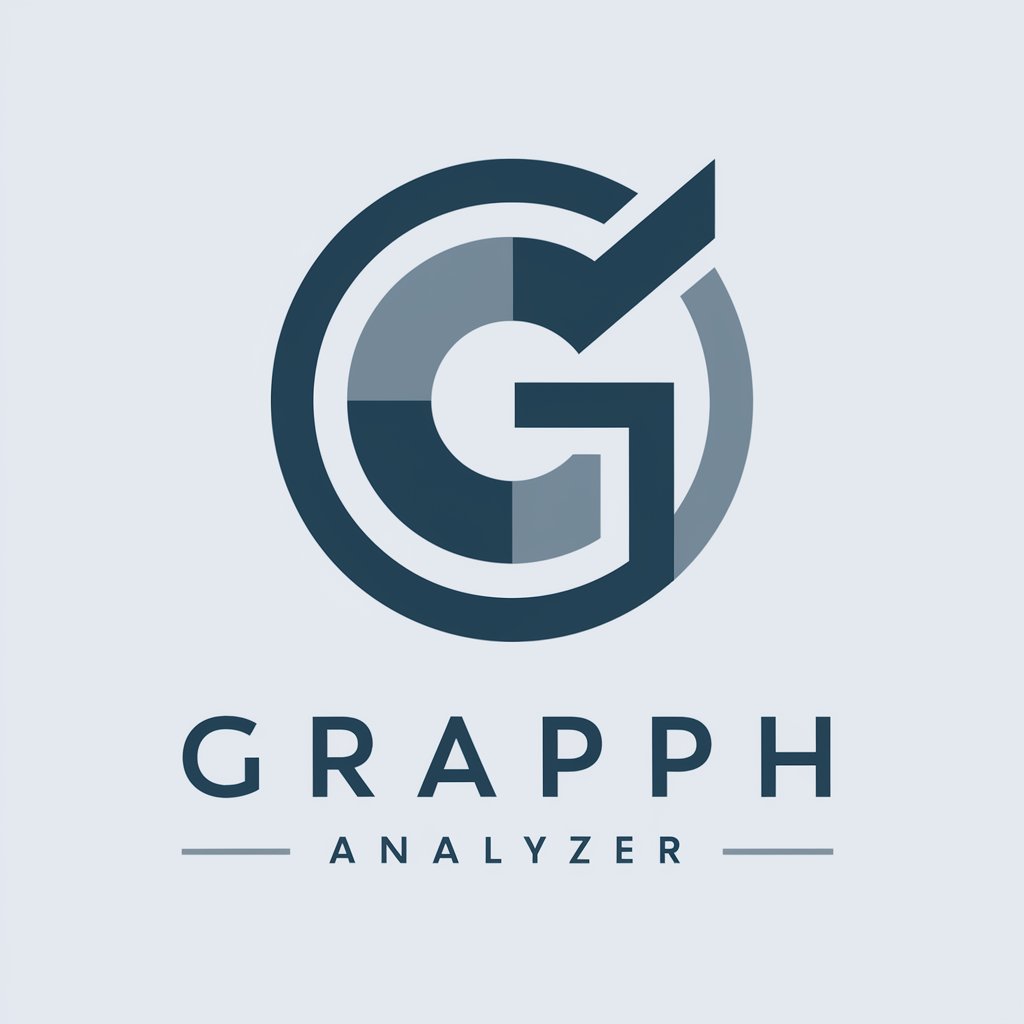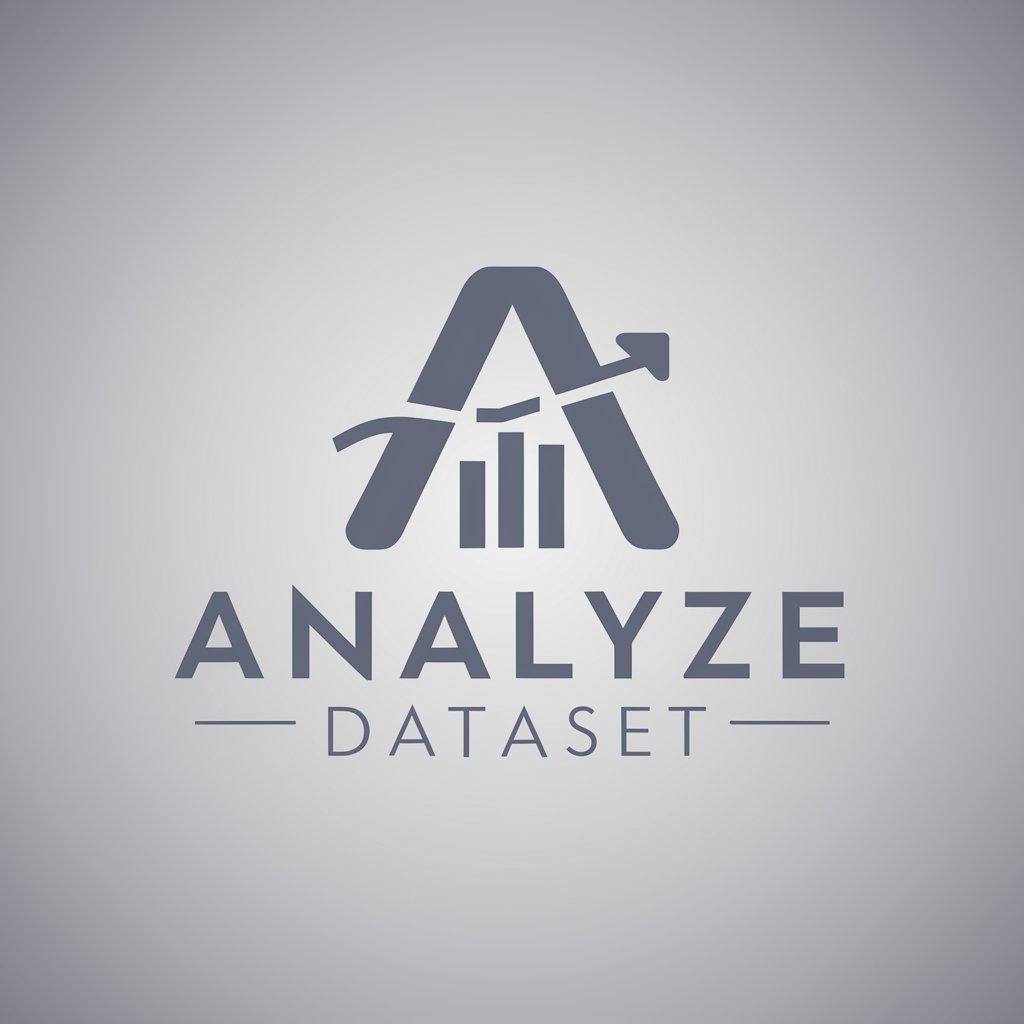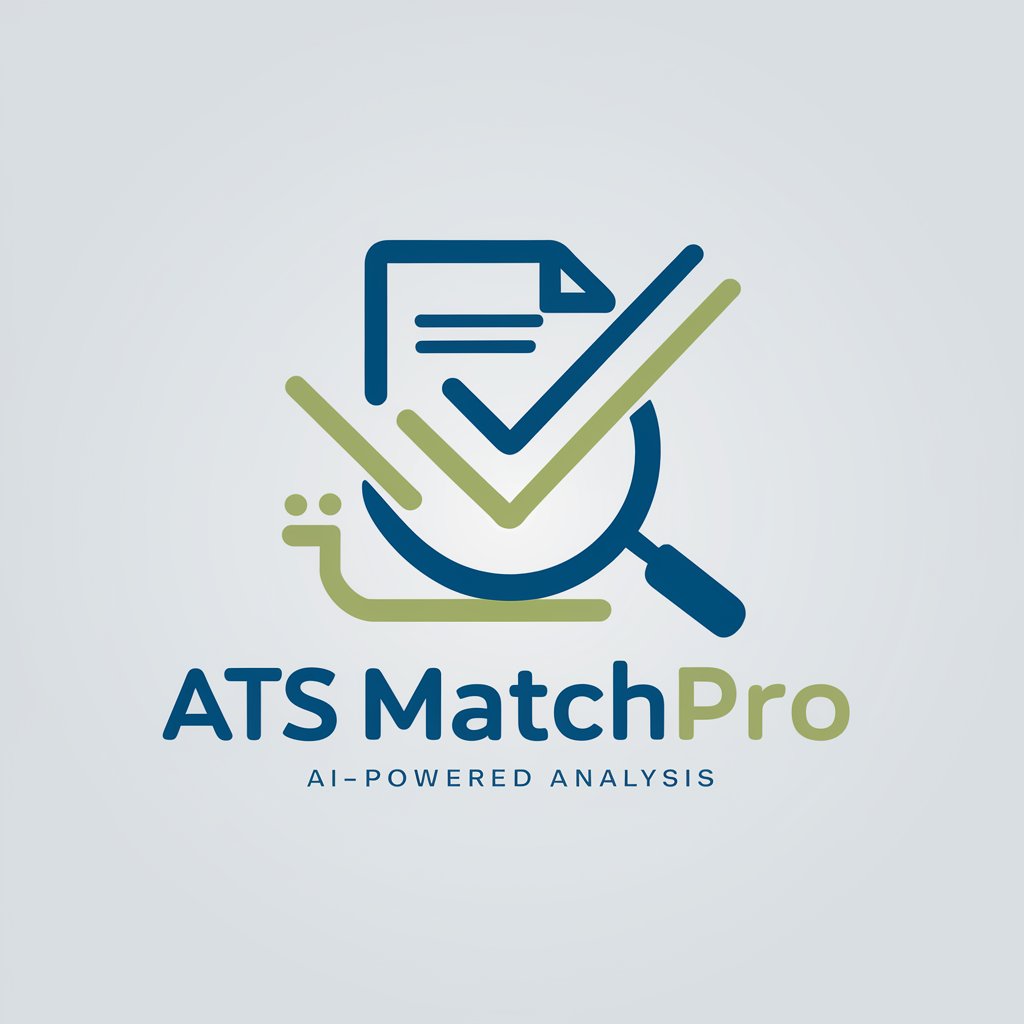Graph Analyzer - Graph Insight Extraction

Welcome! I'm here to help you analyze and interpret your graphs.
Decipher graphs with AI-powered analysis
Analyze the trend in this line graph and explain the key patterns observed.
Interpret the data distribution shown in this histogram and discuss any notable deviations.
Evaluate the correlation between these variables as depicted in the scatter plot.
Identify and explain the significance of the peaks and troughs in this time series graph.
Get Embed Code
Introduction to Graph Analyzer
Graph Analyzer is designed as a specialized tool for analyzing and interpreting graph data across various disciplines. Its core purpose is to assist users in understanding complex graph data through detailed analysis, pattern identification, and data interpretation. By focusing on the specific characteristics and information presented in graphs, Graph Analyzer offers insights that help demystify complex datasets and trends. For example, in environmental science, it can analyze trends in climate change data over time, identifying significant temperature shifts or patterns in carbon dioxide levels. In finance, it could interpret stock market trends, highlighting patterns of volatility or growth in specific industries. Powered by ChatGPT-4o。

Main Functions of Graph Analyzer
Data Interpretation
Example
Interpreting a graph showing the relationship between exercise frequency and heart health, identifying that increased exercise correlates with improved heart health.
Scenario
Used by health researchers to analyze the impact of lifestyle choices on long-term health outcomes.
Pattern Identification
Example
Analyzing traffic flow data to identify peak hours and low usage periods, highlighting potential for infrastructure improvement.
Scenario
Used by urban planners to make informed decisions about traffic management and infrastructure development.
Trend Analysis
Example
Examining stock market trends to identify periods of growth or decline, offering insights into potential future movements.
Scenario
Used by investors to guide investment strategies based on historical market behavior.
Ideal Users of Graph Analyzer Services
Researchers and Academics
Individuals in academic or research-oriented fields who require detailed analysis of data sets for their work. They benefit from Graph Analyzer by gaining deeper insights into their data, facilitating the discovery of new patterns or trends.
Business Analysts and Financial Advisors
Professionals who need to interpret complex data sets to make informed business or investment decisions. Graph Analyzer helps them identify market trends, assess risks, and forecast future movements.
Public Sector Analysts
Government officials and public sector analysts who use data to inform policy decisions, urban planning, and resource allocation. Graph Analyzer can assist in understanding social, economic, and environmental data, leading to more informed and effective policy making.

How to Use Graph Analyzer
Begin Free Trial
Visit yeschat.ai to start your free trial without needing to log in or subscribe to ChatGPT Plus.
Upload Graph
Provide a clear image or dataset of the graph you wish to analyze. Ensure the graph is well-labeled and the data is legible.
Specify Analysis Type
Choose the type of analysis you need, such as trend identification, pattern recognition, or statistical analysis.
Review Automated Insights
Examine the insights generated by Graph Analyzer, which may include trends, anomalies, and correlations within your graph.
Refine Analysis
Use the feedback loop to refine your query or provide additional information to get more targeted insights from the Graph Analyzer.
Try other advanced and practical GPTs
Analyze Dataset
Empowering insights with AI-driven analysis

Sales Ace
Power Your Sales with AI

Sales Coach
Empowering Sales Success with AI

Sales Manager
Empower Your Sales with AI Insights

Sales Scout
Empowering Your Sales with AI

Sales Expert
Empowering Sales with AI Insight

Gridiron Gains
Tackle Finance with AI Power

Resume Wizard
Craft Your Success with AI

Resume Matcher
Empower Your Job Search with AI

UN SDGs: 16 Peace, Justice & Strong Institutions
Empowering Action with AI-Driven Insights

Jay's technical institution
Empower your career with AI-driven education.

Creative Muse Guide
Empowering Art with AI

Graph Analyzer Q&A
What types of graphs can Graph Analyzer interpret?
Graph Analyzer can interpret a wide range of graphs, including but not limited to line graphs, bar charts, scatter plots, and pie charts, across various disciplines such as finance, health, and environmental studies.
Can Graph Analyzer help with academic research?
Yes, Graph Analyzer is an invaluable tool for academic research, offering the ability to analyze complex datasets, identify trends, and extract meaningful insights from various types of graphs.
Is there a limit to the size of the dataset Graph Analyzer can process?
While Graph Analyzer is designed to handle a wide range of dataset sizes, extremely large datasets may require additional processing time. It is recommended to consult the tool's guidelines for optimal dataset sizes.
How does Graph Analyzer handle data privacy?
Graph Analyzer prioritizes user data privacy by implementing robust security measures. Users' graph data is processed with confidentiality, and personal information is not stored without consent.
Can I customize the type of analysis performed by Graph Analyzer?
Yes, users can specify their analysis needs, such as focusing on specific data points, trends, or patterns, to tailor the insights provided by Graph Analyzer according to their unique requirements.
